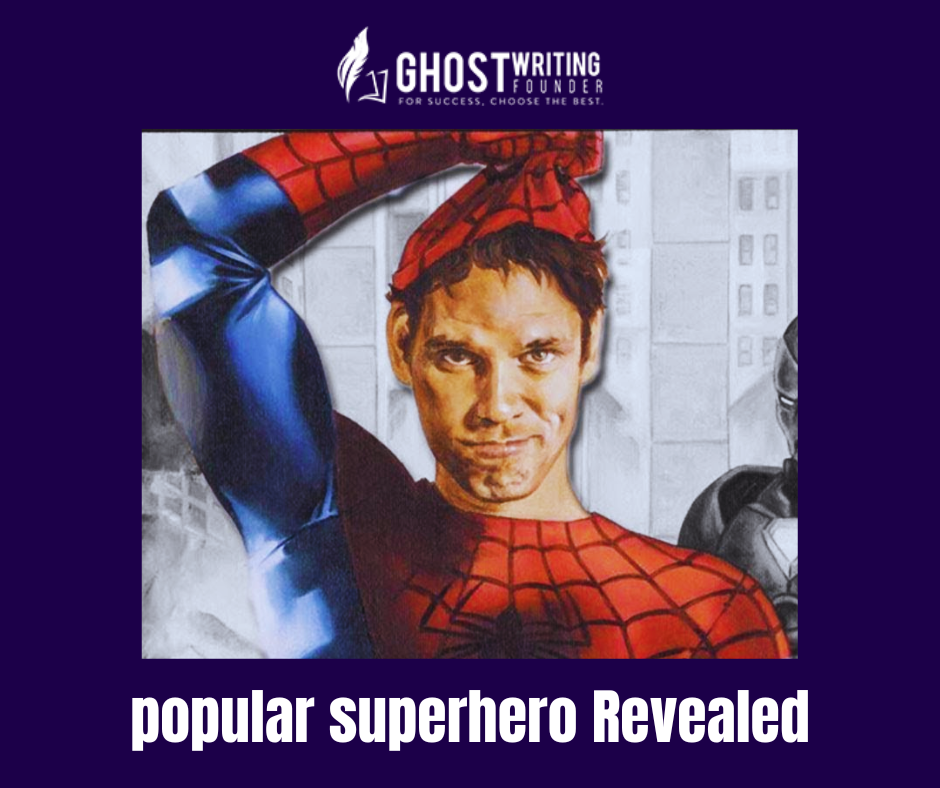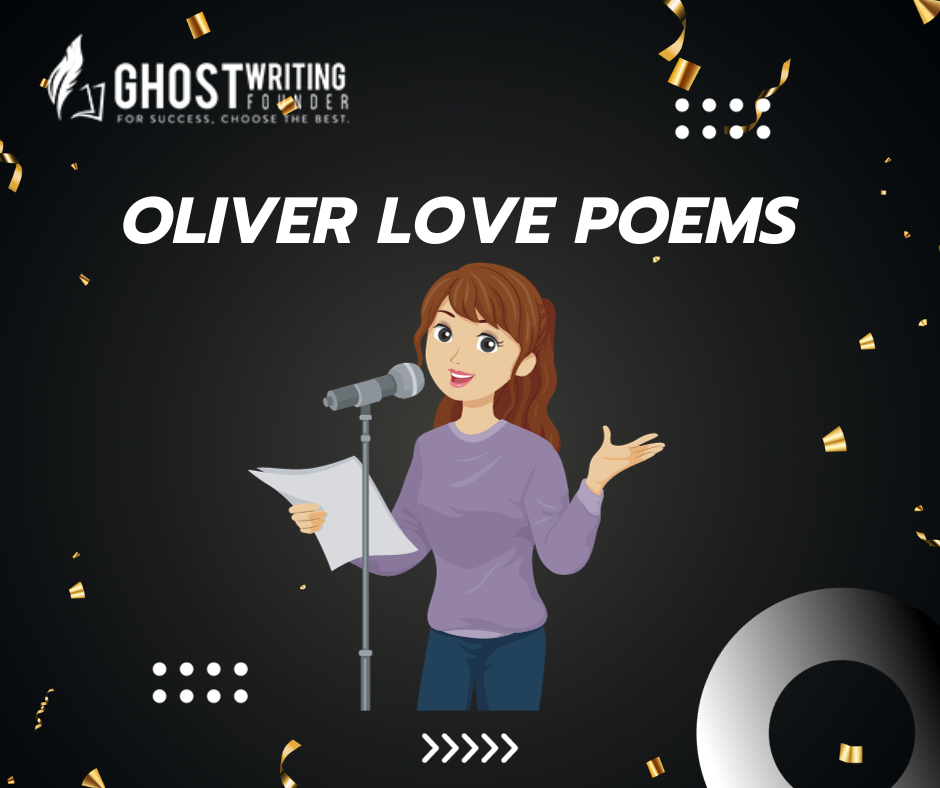
Business
People have loved superheroes for a long time. These amazing characters have fascinated and inspired people worldwide, from the old comic books to today. Now, as we look forward to finding out who the most popular superhero of 2024 will be, let’s take a closer look at how superheroes have changed over time, see what’s popular now, and check out the possible candidates.
Definition of a Superhero
A superhero is a special character with amazing powers, usually focused on helping good people and fighting against bad guys. They represent important values like fairness, bravery, and putting others before themselves.
The Fascination with Superheroes
Have you ever wondered why superheroes are so interesting? Whether we see them in comic books, movies, or on TV, these characters are captivating and able to go beyond what is real. They give us hope and strength, making us believe we can overcome challenges like they do.
Golden Age of Comics
The roots of the superhero genre trace back to the captivating world of comic book making during the 1930s.This period, known as the Golden Age of comic book creation, laid the foundation for a cultural phenomenon.
Pioneering Characters
Superman and Batman emerged as trailblazers during this era, capturing readers’ imaginations with their larger-than-life personas. These characters not only entertained but also instilled a sense of hope during challenging times.
Birth of Comic Book Culture
The Golden Age marked the birth of a dedicated comic book culture, with readers eagerly anticipating the latest adventures of their favorite superheroes. Comic book shops became havens for enthusiasts, fostering a vibrant community.
Legacy of Innovation
Innovations such as the first appearance of Superman in “Action Comics #1” paved the way for an entire industry. The superhero archetype, with its distinct blend of superhuman abilities and a commitment to justice, became a template for storytelling.
Silver Age and Emergence of Iconic Superheroes
Following a brief decline in superhero popularity post-World War II, the Silver Age ushered in a renaissance for the genre. This period, marked by the late 1950s to the early 1970s, witnessed the emergence of iconic superheroes.
Revitalization of the Genre
The Silver Age reinvigorated superhero storytelling, breathing new life into characters and narratives. The industry responded to changing tastes by infusing fresh creativity and pushing boundaries.
Complex Narratives
Spider-Man swung onto the scene, introducing a new kind of superhero burdened by personal struggles and moral dilemmas. The X-Men, a team of mutants, brought diversity and complexity to the superhero landscape, addressing societal issues.
Humanized Superheroes
Silver Age superheroes were more relatable and flawed than their Golden Age counterparts. Readers connected with characters facing real-world challenges, fostering a deeper emotional investment in their journeys. These superhero comic books are today’s bestsellers in the USA.
Modern Era and Diversity in Superhero Representation
Fast forward to the present day, and the superhero genre has undergone a transformative evolution, embracing diversity in all its forms. Also, comic books are become the most popular form of contemporary fiction.
Diverse Forms of Representation
In the modern era, superheroes are no longer confined to a specific mold. They represent various ethnicities, genders, and backgrounds, reflecting a more inclusive and dynamic world. Because of the popular demand for superheroes in the market, platforms like Ghostwriting Founder have emerged to assist writers in creating new superheroes.
Inclusivity in Storytelling
Storytelling has evolved to explore a broader range of experiences, acknowledging the richness of diversity. Superheroes like Black Panther and Captain Marvel have become symbols of empowerment for underrepresented communities.
Dynamic Approach to Storytelling
The modern era has seen a departure from traditional narratives, embracing dynamic storytelling techniques. Graphic novels, multimedia adaptations, and diverse character arcs contribute to the genre’s ongoing relevance.
Possible Candidates for The Most Popular Superhero of 2024
Here is the list of possible candidates for the most popular superhero of 2024:
- Wonder Woman
- Iron Man
- Superman
- Wolverine
- Spider-Man
- Batman
The Rise of Batman: Unmasking the Most Popular Superhero of 2024
Batman stands tall as the most popular superhero in 2024 in the colorful world of superheroes. Created back in 1939, Batman has a rich history and a special place in the hearts of fans worldwide.
Character Development: Bruce Wayne, the Dark Knight
Bruce Wayne, a wealthy orphan, is at the center of Batman’s appeal. Unlike other superheroes, Batman doesn’t have superpowers. Instead, he relies on his intellect, martial arts skills, and various gadgets to fight crime in Gotham City. Bruce Wayne’s transformation into the Dark Knight reflects a deep and complex character, resonating with fans of all ages.
History: A Journey Through the Ages
Batman’s journey began over eight decades ago, and his evolution reflects changes in society and storytelling. From the early detective comics to the gritty narratives of today, Batman has adapted to stay relevant, captivating new generations while remaining a nostalgic favorite for long-time fans.
Contemporary Relevance: A Hero for Today
Despite his creation in the 1930s, Batman continues to capture the imagination of contemporary audiences. His stories address modern issues, and his character reflects the complexities of the human experience. Batman’s timeless appeal lies in his ability to adapt to the changing world.
Ratings Soar: The Dark Knight’s Enduring Popularity
Batman consistently tops popularity charts, and in 2024, he wears the superhero crown. What sets Batman apart is his captivating stories and moral ambiguity, making him a relatable and intriguing character. The lack of superpowers makes him more human, drawing fans who appreciate his vulnerability and determination.
Batman’s Impact on Society
Batman, the iconic superhero, impacts our real world beyond comics and movies. His commitment to justice inspires people to stand against unfairness, while his stories address crime and mental health issues. Batman’s lack of superpowers teaches us the value of preparation and resilience in facing challenges.
His symbol is not just on merchandise but in our culture, influencing art and music. Batman’s story of overcoming personal tragedy becomes a source of strength for those facing difficulties. Batman is more than a character; he symbolizes hope, resilience, and the power of standing up for what’s right.
Conclusion
In 2024, when we look at popular superheroes, Batman’s lasting impact shows how rich his character is and how his stories explore universal themes. Batman’s popularity is timeless, whether you’ve been a fan since the early comic days or just started liking him because of recent movies or shows. He’s sure to keep influencing and inspiring generations in the future.









Leave a Reply